The Push-up Variations You Need to Get Stronger
Push-ups are one of the most underrated strength exercises but they are undeniably practical and crucial for learning more advanced pushing and pressing


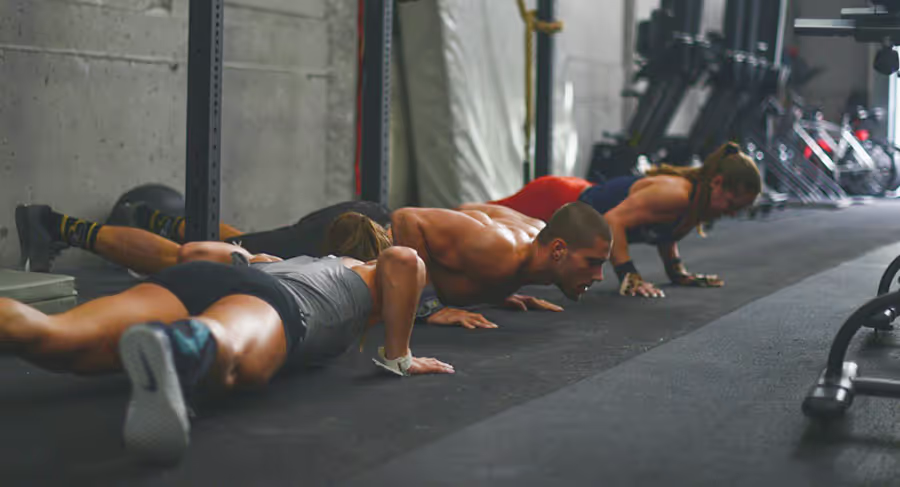
Push-ups are one of the most underrated strength exercises but they are undeniably practical and crucial for learning more advanced pushing and pressing


Push-ups are one of the most underrated strength exercises but they are undeniably practical and crucial for learning more advanced pushing and pressing movements.
Despite being versatile and scalable, we often take for granted the strength and technique that it takes to be able to knock out a set of artfully done push-ups. And even though they may not be one of the more impressive exercises in CrossFit, push-ups are one of the most effective exercises for building upper body strength.
If you’re looking to get your first full push-up or just interested in learning about more variations, read on.
Push-ups are a crucial exercise for CrossFit athletes as they build upper body strength, develop core stability, and mimic functional movements encountered in daily life and sports. This versatile exercises can be scaled to suit athletes of all fitness levels, promoting inclusivity and progression.
Additionally, push-ups contribute to cardiovascular endurance and can be performed anywhere without the need for equipment, making them convenient for consistent training.
By incorporating push-ups into their routine, CrossFit athletes can develop a well-rounded foundation that enhances overall performance in workouts and competitions.
To perform a push-up:
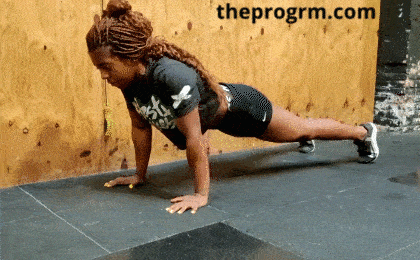
Getting your put first push-up
As simple as they may seem, not everyone can perform strict push-ups with a full range of motion.
Luckily, there are a lot of alternatives that will get you there.

This is easier than a standard push-up because it keeps gravity working in our favor.
Your feet stay on the ground, your body stays in a straight line, but the movement is performed on an incline.
You can start by using the wall and then gradually work towards supporting your hands on a lower surface like a bench or table.
The more horizontal, the harder it gets (and a lot closer to the real thing). Focus on moving your body in a straight line.

Finally, a full range of motion!
This variation is performed on the ground just like the standard version, except with a little help from a hip impulse or kip to get you off of the ground.
With your body on the floor and your hands below your shoulders, bend your knees to lift your feet before aggressively kicking them back into the floor to initiate the rising phase.
Take advantage of the eccentric phase to build strength by lowering yourself back to the ground with control.
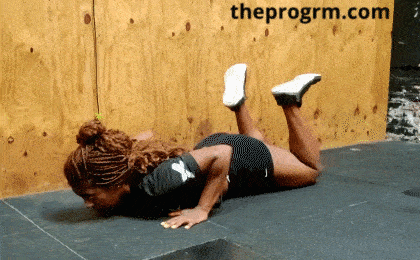
Very similar to a regular push-up except your knees stay on the ground.
Having the additional support takes some pressure off your core and legs as you work on being able to stay active throughout the exercise’s full range of motion.
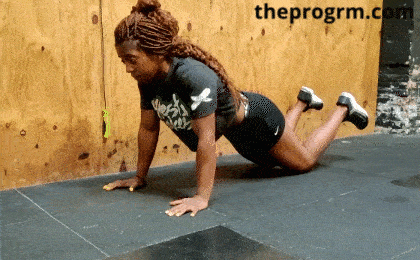
Practice makes perfect!
In order to be able to do more push-ups, your body needs to adapt or, in other words, become more efficient at doing push-ups.
Since it’s a relatively low-impact exercise, you can incorporate them into your training often.
Make a point of accumulating volume: Try to increase the number of reps you can perform until you can eventually build up to more challenging variations.
After you've consolidated your standard push-up and can perform sets with good form even while under fatigue, you can begin to work towards other variations.
Here are three push-up variations that are especially useful for crossfitters or athletes who want to improve their weightlifting or gymnastics skills.
In this variation, the athlete’s body rests over the shoulders causing the exercise to feel more difficult since more of their bodyweight is felt in their hands.
Using pike push-ups are a common way to develop or scale strict handstand push-ups.
How to do it:
Make pike push-ups more difficult by elevating your feet or by using parallettes.

This unique plank-to-push-up hybrid is especially challenging for the core and shoulders.
To perform Russian push-ups correctly you need to be quick, making them a great way to develop the transition phase of the ring or bar muscle up.
How to do it:
Make Russian push-ups more difficult by performing them vertically, like box dips.
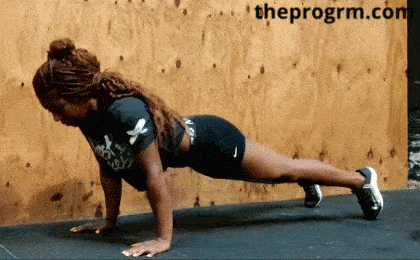
As with most exercises performed at deficit, the purpose is to increase the range of motion, thereby recruiting more muscle fibers and generating more force production (think power and explosiveness).
In short, deficit push-ups will make you a lot stronger.
How to do it:
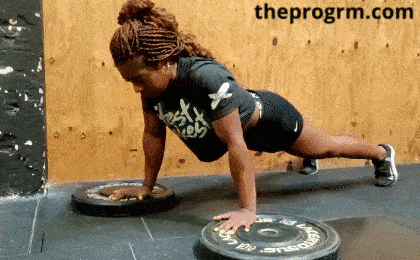
This variation is a good way to prepare athletes for strict handstand push-ups. Make it more challenging by increasing the deficit or by performing pike push-ups from deficit.
The push up is a fundamental bodyweight exercise that is often overlooked. Even though it's a simple exercise, it's essential for gaining and maintaining a baseline of upper body and core strength.
Accumulating volume and practicing different variations of the exercise can provide huge carryover benefits for more complicated movements that are performed with dumbbells, barbells, as well as in gymnastics.
Now that you've seen what it takes, there are no excuses not to be able to do push-ups… Drop and give me 20!